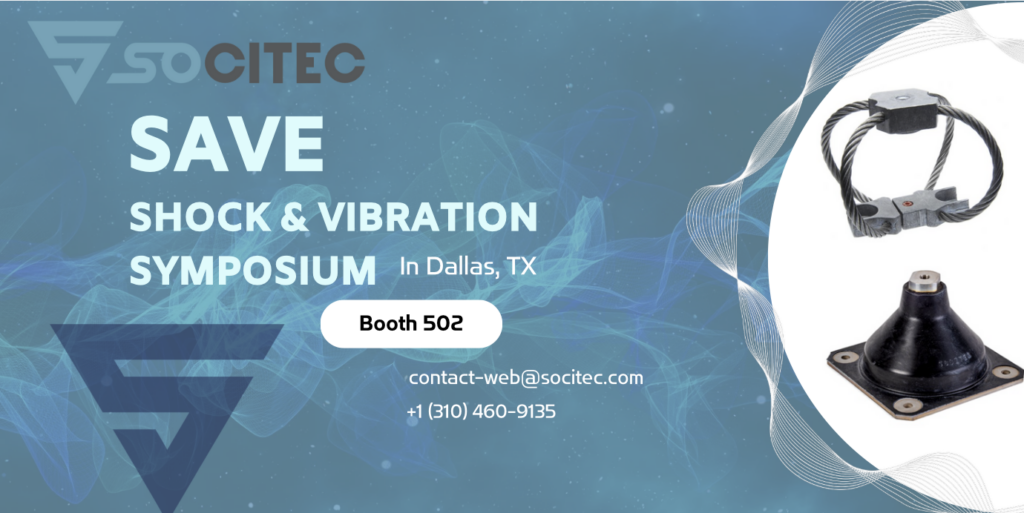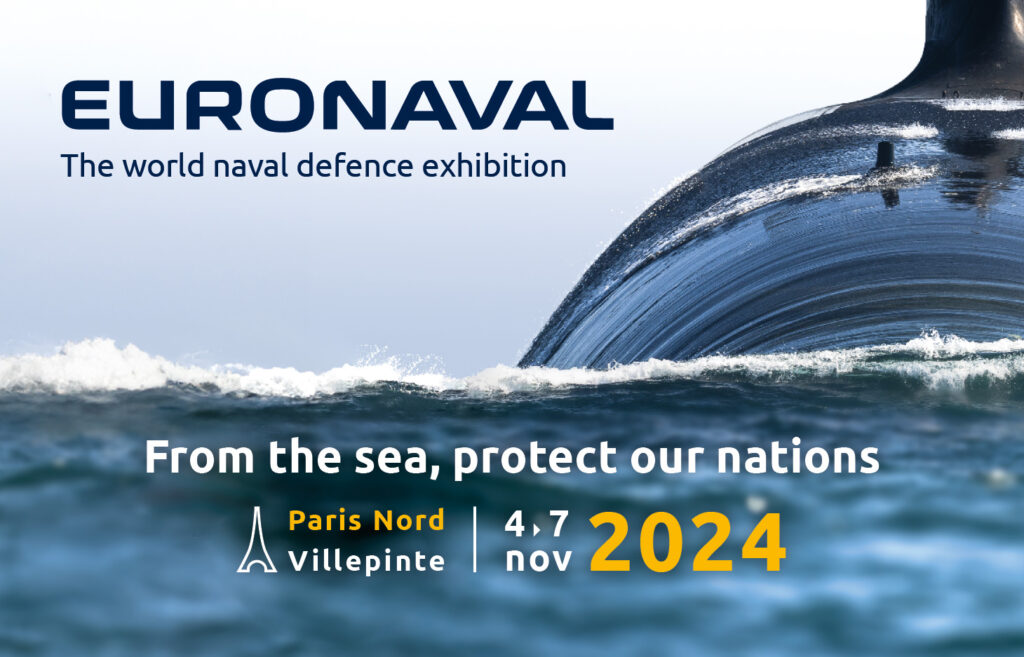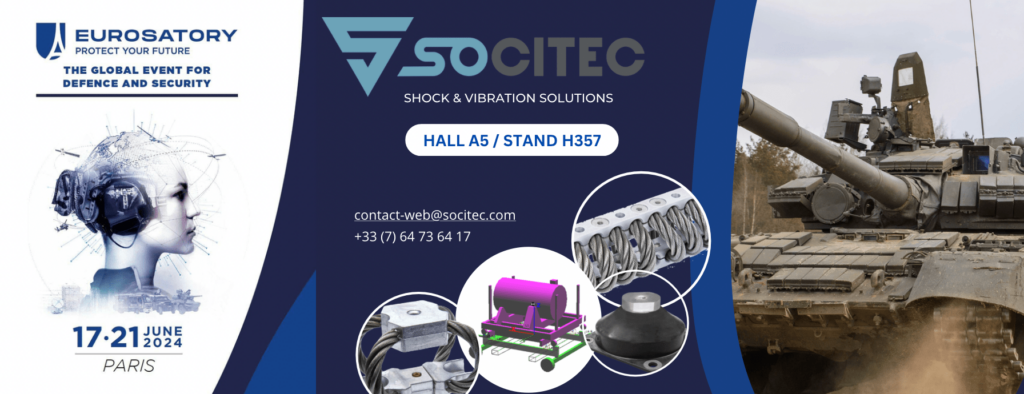
Socitec at Sea Air Space 2025 !
02/19/2025
We are excited to announce our participation in Sea-Air-Space 2025, the largest maritime, aerospace, and defense exposition in the United States, taking place April 6-9, 2025, at the Gaylord National Resort & Convention Center, National Harbor, Maryland.
📍 Find us at booth #1357 to discover our expertise. Our team will be there to discuss industry challenges and present our latest developments.
🔹 Are you working in the defense, aerospace, or maritime sectors?
🔹 Looking for advanced protection solutions against shocks and vibrations?
🔹 Want to learn more about our technologies?
📆 Schedule a meeting with our team today and visit us at booth #1357!
#SeaAirSpace #Engineering #Defense #Maritime #Aerospace #Technology #SOCITEC
Read more





